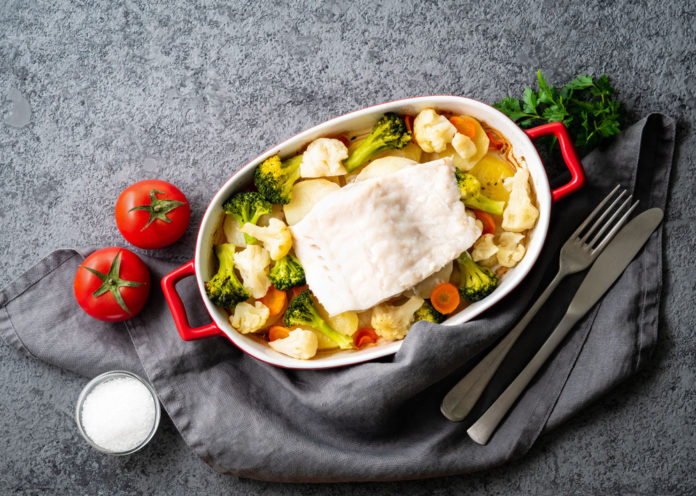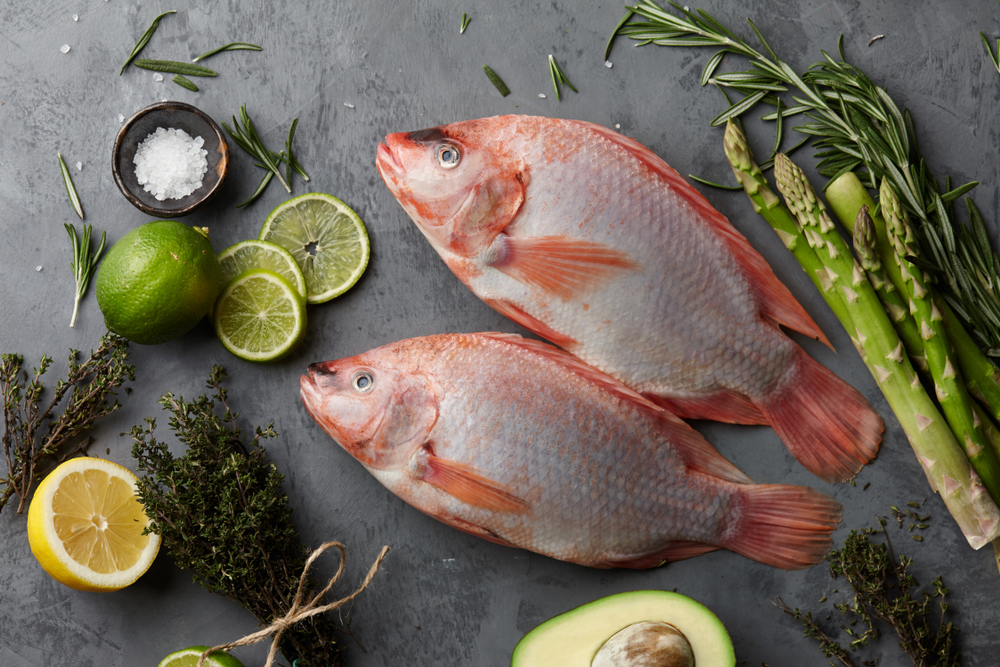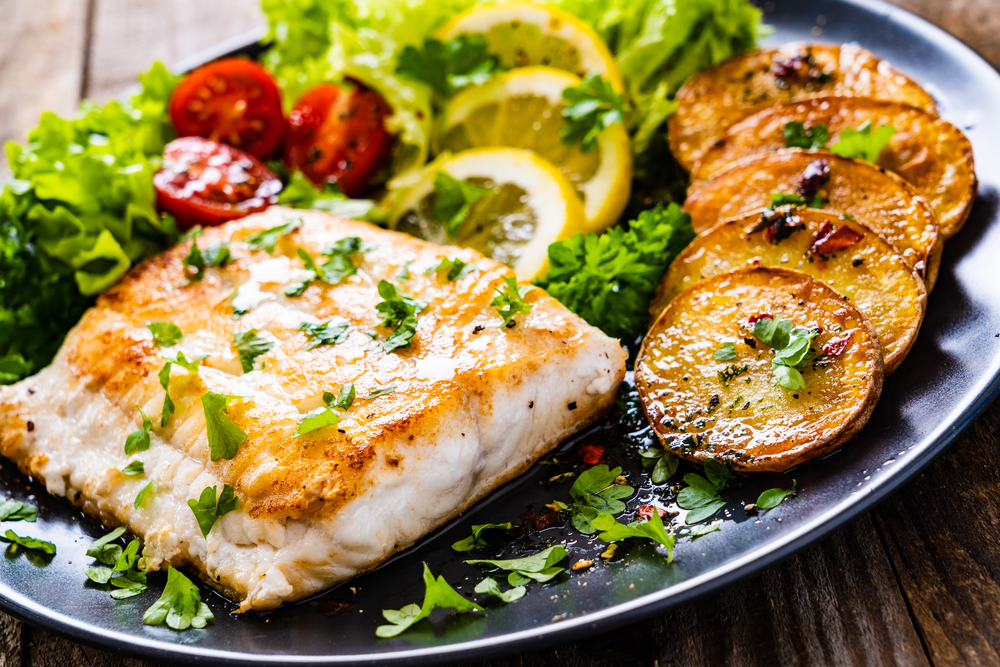You’re probably familiar with the different cuts of meat you can get from animals like cows, pigs and chickens. But did you know that there are also multiple cuts of fish? With Tilapia, for example, you can eat loins or fillets.
While there are some differences between the two, Tilapia loins and fillets are both delicious, healthy options—plus, they work well in a variety of recipes. Here’s what you need to know about each one, from which part of the fish they come from to what flavors and spices to pair them with.
A Cut Above the Rest
You’ve probably seen a variety of cuts at your grocery store seafood counter—from butterfly fillets to steaks. The latter is especially common for larger fish like salmon and tuna. But for lean species like Tilapia, you’ll most often be choosing between loins and fillets.
Because they’re thicker and richer in flavor than other parts of the fish, loins are considered to be the “filet mignon” of the seafood world. Depending on the species, you can buy them whole or in smaller pieces known as medallions. Like every fish, the loin of the Tilapia is cut from the area above the spine (directly below the dorsal fin).
Fillets, easily the most popular piece of fish, are cut from the side of the body—just a bit behind and below the head. They’re super versatile and can be used in almost any recipe, especially if the fish has a mild flavor like Tilapia.
An Ounce a Day
Tilapia loins and fillets are packed with protein (one serving can contain up to 30 grams), and other nutrients such as niacin, vitamin B12, phosphorus, selenium and potassium. Equal weights of each cut will contain similar levels of vitamins and minerals, so you can rest easy knowing that both are healthy options.
Calories don’t vary by cut, so portion size is the only thing that will impact your intake. While Regal Springs Tilapia loins are prepared for individual servings (4-ounce portions contain approximately 90 calories), you may find some larger cuts at your local grocery store—which are great for sharing.
A Flash in the Pan
Because Tilapia loins are thicker than other parts of the fish, they can be generously seasoned—and cooked in a variety of ways. You can easily bake, fry or sauté them, but our favorite way to prepare them is on the grill. Think of Tilapia loins like a steak and cook them to your desired texture.
Some of our go-to recipes that require this cut of fish include:
- Tilapia with Creamy Polenta
- Pan-Seared Lemon-Thyme Tilapia Loins
- Tilapia Chipotle Ramen Soup
- Spicy Tilapia Ceviche
Pro tip: Choose loins when you want the rich, vibrant flavor of seafood to be a main component of the dish. Loins can easily carry a meal.
Tilapia fillets are equally versatile and can handle whatever seasoning, marinade and cooking method you choose to use. You can chop the fillets into small pieces (a great way to incorporate the fish into soups and stews) or leave them whole—have fun experimenting!
If you’re looking for some new ways to cook with this cut, try:
- Blackened Tilapia Buckwheat Bowls
- Tilapia Eggs Benedict
- Tilapia Fish Cakes
- Bacon and Corn Chowder with Blackened Tilapia
Pro tip: Choose fillets when other flavors are the star of the meal and you don’t want to overpower other spices and ingredients. Fillets play well with everything.
Bonus: An Extra Way to Prepare Tilapia
If you’re not in the mood for Tilapia loins or fillets, there is one other way you can prepare it: leaving the fish whole. This is a great option when you want to impress family or dinner guests with a beautifully presented plate. Plus, by eating a whole fish, you can minimize food waste.
So, should you cook with Tilapia loins or fillets? It’s entirely up to you! No matter what cut you choose to cook, you’re guaranteed to prepare a tasty meal the whole family will enjoy.
Looking for more ways to prepare your favorite cut of Tilapia? Check out our tips for baking, broiling, grilling and roasting Tilapia like a pro.
Photo Credits: Nata Bene / Shutterstock Inc., kobeza / Shutterstock Inc., Jacek Chabraszewski / Shutterstock Inc.








